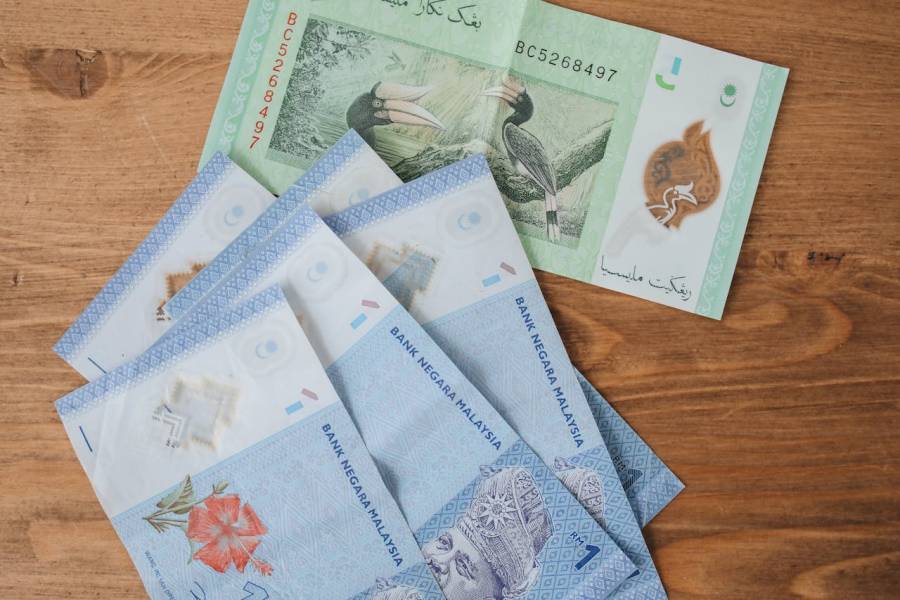
Cross-border payments are growing quickly. In 2023, the global payments industry hit staggering numbers. It accounted for $3.4 trillion in transactions worth $1.8 quadrillion in value and generated $2.4 trillion in revenue.
And in the upcoming years—between 2023 and 2030—it’s predicted to reach $290.2 trillion. Consumer-initiated cross-border payments are expected to expand nearly twice as quickly as their B2B counterparts during the period.
Despite cross-border payment becoming integral to global business, challenges exist. As someone who sells their products or services internationally, it’s important to know about them.
Here, we’ll discuss them and share strategies that you can adopt to improve efficiency in cross-border payments.
The Challenges of Cross-Border Payments
Despite the tremendous growth, cross-border payments face major operational hurdles. Some of them are discussed below:
1. Regulatory Non-Compliance
Even though the economy is becoming increasingly global, regulations regarding financial transactions remain local. Different nations have varying regulations.
According to The World Economic Forum, key regulatory frictions that prevent efficient and inclusive cross-border payments include anti-money laundering compliance complexities, diverging regulatory frameworks, and inadequate access for non-bank players.
Businesses have to navigate this maze, which complicates sending and receiving international payments. These regulations are especially burdensome for underbanked regions where people may lack the necessary documentation or financial literacy to comply with strict standards.
2. High Transaction Costs
Sending payments from one country to another is expensive. Sometimes, a cross-border payment can cost up to 10 times compared to a domestic payment.
The World Bank’s Remittance Prices Worldwide database informs that the global cost of sending $200 to another country was around $12.50 in the first quarter of 2023.
Sometimes, costs can be higher. For instance, if someone sends funds from Türkiye to Bulgaria, fees can surpass 50%.
Costs are also higher for sending money to sub-Saharan Africa. There, Tanzanian remittances to Uganda and Kenya are subject to more than 30% fees.
3. Fraud
As cross-border payments become important to global commerce, they are becoming vulnerable to fraud.
In 2021, cross-border card transactions made up just 11% of total volume but accounted for 63% of all card fraud. As cyber criminals are at a greater distance from victims, the chances of them being caught are low. Moreover, the option for recourse for the victim after being defrauded is limited.
3 Strategies to Improve Efficiency in Cross-Border Payments
Here are some practices you can implement to make cross-border payments efficient:
1. Offer Multiple Payment Methods
Consumers have their preferred method of payment. They are unlikely to change merely to game, shop, or trade on your site.
This year, Applause conducted the Digital Payments and Localization Survey, which found that most users abandoned apps with limited payment options. Precisely, 76% of consumers are not likely to complete a purchase if they can’t use their preferred payment method.
To close more sales with customers, integrate multiple payment methods on your website.
Credit cards and debit cards tend to be the most popular method for making payments, followed by mobile/digital wallets. So, integrate both into your website.
2. Localize Prices
Before customers purchase anything, they want to know how much it costs in their currency. That is why you should display prices in local currencies.
Having the option to pay in their currency, PayPro Global remarks, can boost brand reliability and increase conversion rates. This translates to higher revenue.
Forging partnerships with Merchants of Record will simplify the multi-currency payment process. They will display the final converted amount in the customer’s local currency during checkout.
To prevent possible currency swings, their automated exchange rate tool locks in the currency rate at the moment of purchase. The customer will make the purchase in their currency while you will receive it in yours.
3. Adopt Blockchain Technology
For simplifying cross-border payment execution, firms are increasingly exploring the potential of blockchain solutions, states PYMNTS.com.
Blockchain technology promises to transform cross-border payments by providing a more efficient, cost-effective, and secure alternative to traditional methods.
This technology uses a decentralized ledger, which helps tackle the fundamental problems with traditional cross-border payments: poor processing times, high fees, and a lack of transparency.
What’s great is that there are no middlemen in blockchain technology. The transactions will happen between you and your customer. Plus, it offers real-time tracking and an unchangeable record of transactions, so you always know where your money is.
In a nutshell, cross-border payments will never be as simple as handing cash to someone next door. But they are getting closer, and technological advancements are to thank.
Of course, there is still work to be done—standardizing systems globally and ensuring transparency. But the trend is clear: payments are becoming faster, cheaper, and easier to navigate.
HedgeThink.com is the fund industry’s leading news, research and analysis source for individual and institutional accredited investors and professionals

































